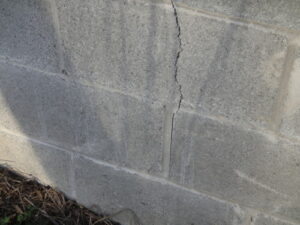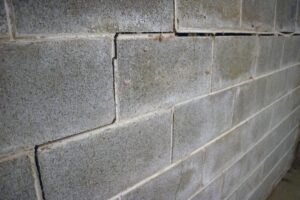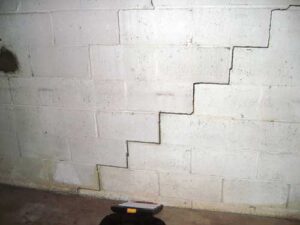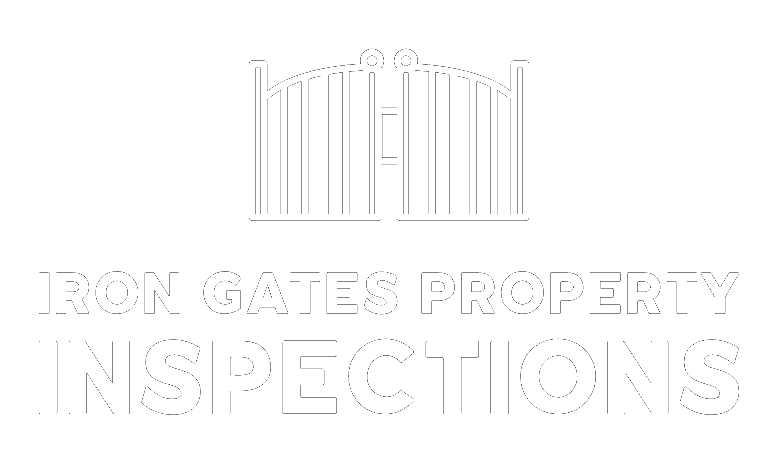Residential home basement walls can develop a variety of cracks, and understanding the type, location, and severity of these cracks is crucial for determining whether they are a minor issue or a sign of a more serious structural problem.
Here are the common types of cracks that can appear in a residential basement wall:
1. Vertical Cracks
Appearance: These cracks run straight up and down, or at a slight diagonal (within about 30 degrees of vertical).
Causes: They are most often caused by the natural settling of the house after construction or by the concrete shrinking as it cures and dries.
Severity: Vertical cracks are generally considered the least serious type of foundation crack. They are often cosmetic and do not pose a significant structural threat, though they can allow water to seep into the basement. If a vertical crack is wider at the top or bottom, it may indicate a more serious issue with uneven settlement.
2. Horizontal Cracks
Appearance: These cracks run sideways, parallel to the ground. They may be accompanied by a bowing or bulging of the wall.
Causes: Horizontal cracks are typically caused by intense pressure from the surrounding soil. This can be due to:
- Hydrostatic Pressure: The buildup of water in the soil, often from poor drainage, exerts immense force on the basement walls.
- Frost Heave: In colder climates, water in the soil freezes and expands, pushing against the foundation.
- Excessive Backfilling: The pressure from a large amount of backfilled dirt around the foundation.
Severity: Horizontal cracks are a serious concern and are often a sign of a major structural issue. They can compromise the integrity of the foundation and require immediate professional attention.
3. Diagonal Cracks
Appearance: These cracks run at an angle, usually wider at one end.
Causes: They are often caused by “differential settlement,” where one part of the foundation settles at a different rate than the rest. This can be due to unstable soil, changes in moisture content in the soil, or other factors.
Severity: Diagonal cracks can be a symptom of a significant problem and should be professionally inspected, especially if they are wider than a hairline and are growing. They can lead to other issues throughout the house, such as sticking doors and windows or cracks in drywall.
4. Stair-Step Cracks
Appearance: These cracks follow the mortar joints in a brick or concrete block foundation, creating a stair-step pattern.
Causes: Similar to diagonal cracks, they are a strong indicator of foundation settlement or moisture-related problems.
Severity: Stair-step cracks are a serious sign of a structural problem. They indicate that the foundation is shifting and can cause significant damage to the walls and other parts of the home.
5. Hairline Cracks (Shrinkage Cracks)
Appearance: These are very thin, often vertical, cracks that are no wider than a hairline.
Causes: They are a common occurrence in new homes and are caused by the natural process of concrete curing and drying. As the concrete loses moisture and shrinks, these small cracks can form.
Severity: Hairline cracks are usually not a structural concern. However, they should still be monitored. If they begin to widen or allow water seepage, they may need to be sealed to prevent future problems.
When to Worry About a Crack
While some cracks are normal, others are a red flag.
You should be concerned about any crack that:
- Is wider than 1/8 to 1/4 of an inch.
- Is actively growing or widening over time.
- Is horizontal or forms a stair-step pattern.
- Is accompanied by other signs of foundation issues, such as bowing walls, sticking doors and windows, or uneven floors.
- Has moisture seeping through it.
If you are unsure about the nature of a crack, it is always best to consult with a professional foundation repair specialist or a structural engineer for a thorough inspection.
